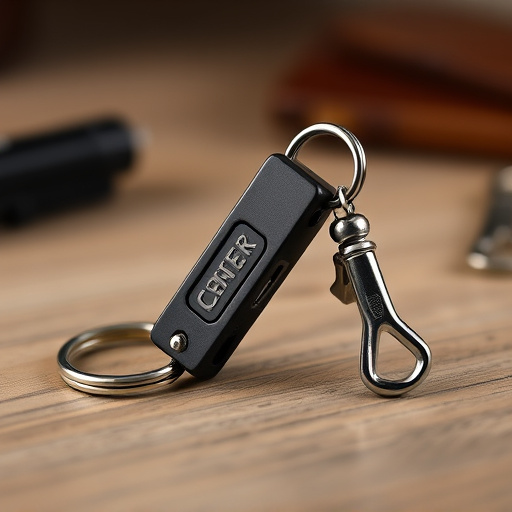Choosing durable metals like stainless steel or aluminum ensures a long-lasting Heart Attack Self Defense Keychain resistant to corrosion and wear. Ergonomic design for secure grip and easy deployment in emergencies. Integrate sharp edges or points, and easy-to-use grip mechanisms for added functionality and peace of mind as an everyday carry item.
“Unleash your inner defender with a custom metal keychain—a compact yet powerful tool for those seeking instant self-defense. In this guide, we’ll navigate you through the process of designing an ergonomic and durable keychain grip, ensuring both comfort and control. From selecting the ideal metal alloy for strength and longevity to integrating innovative self-defense features, these tips will empower you to create a potent ‘Heart Attack’ keychain ready for any situation.”
- Choosing the Right Metal for Durability and Strength
- Ergonomic Design for Secure Grip and Control
- Incorporating Self-Defense Features: Tips and Ideas
Choosing the Right Metal for Durability and Strength
When designing a Heart Attack Self Defense Keychain, selecting the appropriate metal is paramount for ensuring both durability and strength. Opting for high-quality metals like stainless steel or aluminum guarantees resistance to corrosion and wear, making them ideal choices for a reliable self-defense tool. Stainless steel, in particular, offers superior strength-to-weight ratio, allowing for a sturdy yet manageable keychain.
Consider the intended use when making your selection. If the keychain will be subjected to frequent and intense use, choose metals known for their toughness, such as titanium or certain alloys. Conversely, for everyday carry purposes, lighter options like aluminum can provide adequate protection without adding significant bulk or weight.
Ergonomic Design for Secure Grip and Control
An ergonomic design is a key aspect when crafting self-defense keychains, such as the Heart Attack Self Defense Keychain. The shape and texture should allow for a comfortable grip, enabling users to easily grasp and control the device during an emergency situation. This is particularly important for those in high-stress or physical danger scenarios where a secure grip can make all the difference. A well-designed keychain should fit naturally in the hand, providing a sense of stability and reducing the risk of slipping.
By incorporating ergonomic principles, the Heart Attack Self Defense Keychain offers users enhanced control, ensuring they can deploy it quickly and efficiently when needed. This design choice not only enhances the overall user experience but also contributes to the device’s effectiveness as a practical self-defense tool.
Incorporating Self-Defense Features: Tips and Ideas
When designing a Heart Attack Self Defense Keychain, incorporating functional self-defense features can significantly enhance its utility beyond a simple accessory. Consider integrating a sharp edge or point, designed for disarming attackers and creating distance in emergency situations. This could be achieved through a strategically placed metal spike or a fine blade, allowing the keychain to serve as a tactical tool.
Additionally, incorporating easy-to-use grip mechanisms can ensure firm control during intense moments. A simple twist or pressure-sensitive release mechanism can deploy the self-defense feature quickly, giving users a crucial advantage. Remember, the key is to balance the keychain’s aesthetic appeal with practical, life-saving functionality, making it an everyday carry item that offers peace of mind and unexpected protection.
When crafting your ideal Heart Attack Self Defense Keychain, consider the interplay between metal durability, ergonomic design, and unique self-defense features. By choosing the right materials, ensuring a secure grip, and incorporating innovative protection mechanisms, you can create a compact and powerful tool. Remember, the best defense is one that combines strength, control, and the unexpected—all within a sleek, portable package.
